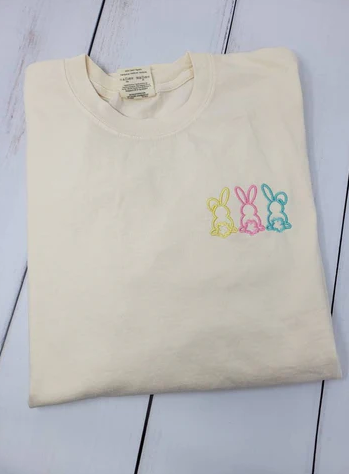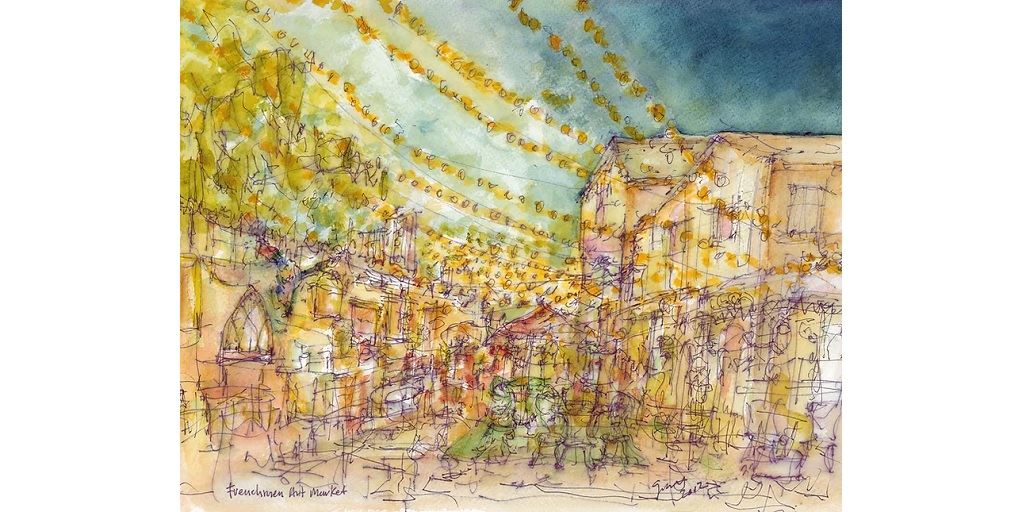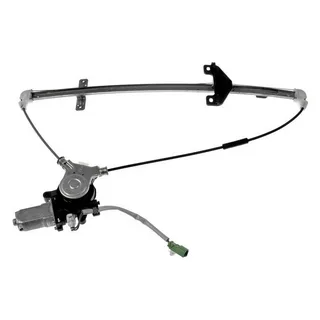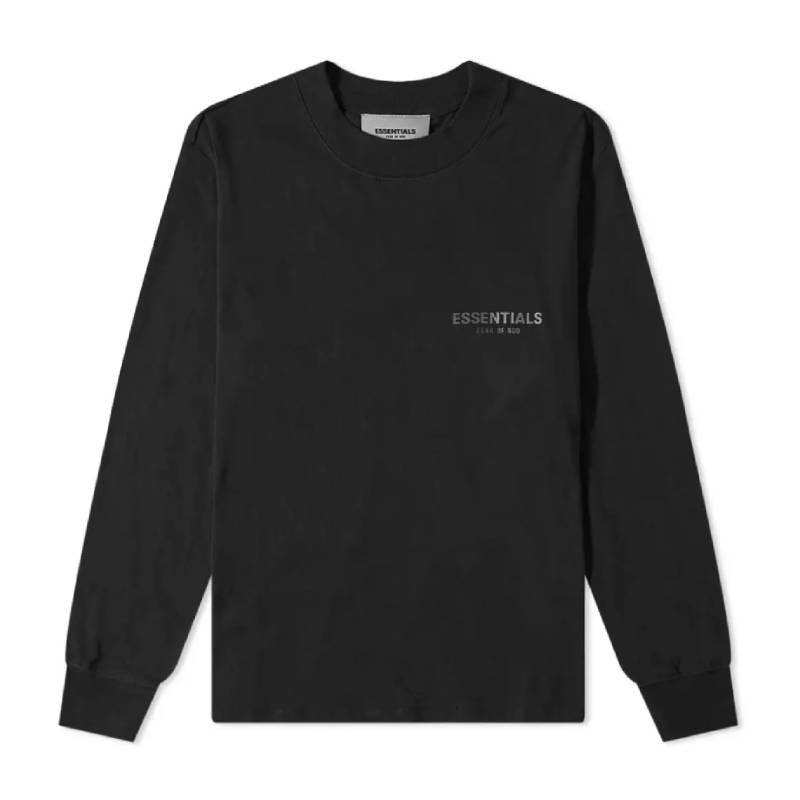Introduction to Graphic T-Shirts
Graphic t-shirts have become a staple in wardrobes around the world. Once relegated to the realm of band merchandise and political statements, these tees have undergone a remarkable transformation. Today, they are more than just casual wear; they’re powerful tools for self-expression and fashion statements in their own right.
From iconic logos to bold graphics that spark conversation, graphic tees now cater to every taste and style. Whether you’re dressing up for a night out or lounging at home, there’s always room for a graphic tee that resonates with your personality. Let’s dive into the fascinating journey of graphic t-shirts—from their humble beginnings to their current status as must-have fashion essentials.
The Origins of Graphic T-Shirts: From Band Merch to Political Statements
Graphic t-shirts have a rich history rooted in self-expression. They started as simple, practical garments but quickly evolved into powerful symbols of identity.
In the 1960s and 70s, music culture embraced the graphic tee. Bands began printing logos and artwork on shirts to promote their tours. Fans proudly wore these tees, showcasing loyalty while creating a sense of community.
Simultaneously, artists used t-shirts as canvases for political statements. Activism gained momentum during this time, with slogans challenging societal norms printed boldly across chests. These tees became tools for change.
As the decades progressed, graphic designs expanded beyond bands and politics. Artists from various genres experimented with imagery and typography, pushing boundaries further than ever before. Each shirt told a story—reflecting personal beliefs or cultural movements—and inviting wearers to share their narratives through fashion.
The Rise of Branded Graphic T-Shirts
Branded graphic t-shirts have transformed from mere clothing to status symbols. As fashion evolved, so did the way brands communicated their identity.
Major companies recognized the power of a simple tee adorned with their logo or tagline. It became more than just apparel; it was a canvas for self-expression and brand loyalty.
From street style to high fashion runways, these tees gained traction. Collaborations between designers and popular brands ushered in fresh creativity. Limited-edition releases created buzz and drove demand. Social media played a pivotal role in this rise.
Influencers began showcasing branded tees as part of everyday looks, making them highly coveted items. Today, they represent culture and community. Wearing a graphic tee can signal belonging to specific groups or movements while allowing individuals to express personal flair through design choices.
Impact on Pop Culture and Self-Expression
Graphic t-shirts have transcended mere clothing to become powerful tools of self-expression. They allow individuals to project their identities, beliefs, and passions without uttering a word.
From punk rock icons flaunting slogans that challenged the status quo to social activists sporting tees with profound messages, these shirts have woven themselves into the fabric of pop culture. Celebrities often don graphic tees as fashion statements, further blurring the lines between art and everyday wear.
The rise of social media has amplified this phenomenon. Platforms like Instagram and TikTok enable users to showcase their unique styles while promoting personal narratives through curated graphics. Each tee tells a story—a reflection of cultural moments or movements.
In an era where individuality is celebrated, graphic t-shirts boldly assert: “This is me.” They serve as canvases for creativity and dialogue, inviting conversations about everything from music influences to political ideologies.
How Graphic T-Shirt Designs Have Evolved Over the Years
Graphic t-shirt designs have come a long way since their inception. Initially, they were simple prints, often featuring logos or band names. The aesthetic was straightforward but powerful.
As the years passed, artists and designers began to experiment with more intricate graphics and bold colors. This shift drew in a broader audience seeking unique expressions of personality.
The digital age ushered in new techniques like sublimation printing and direct-to-garment technology. These advancements allowed for complex imagery that wasn’t possible before. Today’s graphic tees can showcase everything from vintage art to social commentary, appealing to various tastes and ideologies.
With every trend cycle, we see nostalgia make a comeback alongside innovative styles that challenge conventional aesthetics. Graphic t-shirts now serve as both canvas and conversation starter—a true reflection of individual identity in fashion culture today.
Incorporating Graphic Tees into Your Wardrobe: Styling Tips and Ideas
Graphic tees are versatile staples that can elevate your style effortlessly. Pair them with tailored blazers for a smart-casual look. This combination works wonders for brunches or casual meetings.
For a laid-back vibe, throw on your favorite graphic tee with distressed jeans and sneakers. Add a denim jacket during cooler evenings to complete the ensemble. Layering is another fantastic approach; try wearing a graphic tee under an oversized cardigan or hoodie for added comfort and visual interest.
Don’t shy away from accessorizing—chunky jewelry or statement belts can add flair to simpler graphics, making them pop even more.
For those special occasions, tuck your tee into high-waisted skirts or trousers and finish off with heels or ankle boots. Mixing prints and textures keeps things fresh while staying true to personal style.
Sustainable and Ethical Practices in the Graphic Tee Industry
The graphic tee industry is undergoing a significant transformation. Brands are increasingly prioritizing sustainability and ethical practices in their production processes.
Organic cotton is gaining traction, replacing conventional materials that can be harmful to the environment. This shift not only benefits nature but also provides consumers with high-quality options.
Many companies now focus on fair labor practices as well. Ensuring workers receive fair wages and safe conditions is becoming standard rather than an exception. Printing methods have also advanced. Water-based inks replace toxic alternatives, minimizing pollution during manufacturing.
Brands are embracing transparency by sharing their sourcing stories with customers. Shoppers appreciate knowing where their tees come from and the impact of their purchases.
Secondhand shopping has seen a rise too, promoting reuse over new consumption while keeping graphic tees in circulation longer. These movements collectively reshape fashion’s future for good.
Conclusion
Graphic t-shirts have truly become a staple in contemporary fashion. Their journey from simple band merchandise and bold political statements to essential wardrobe items reflects our culture’s changing values and trends. Today, these tees not only serve as canvases for artistic expression but also allow individuals to communicate their identities.
With the rise of branded designs, they’ve transitioned into powerful marketing tools that resonate with consumers on a personal level. The way we style graphic tees has evolved too; they can be dressed up or down, proving versatile enough for any occasion.
As we become more conscious of sustainability, many brands are now prioritizing ethical practices in production. This shift indicates a promising future where style meets responsibility.
The evolution of graphic t-shirts showcases how fashion adapts alongside society’s mood and preferences. Whether worn casually or thoughtfully styled, these garments continue to inspire self-expression while making statements about who we are today.




